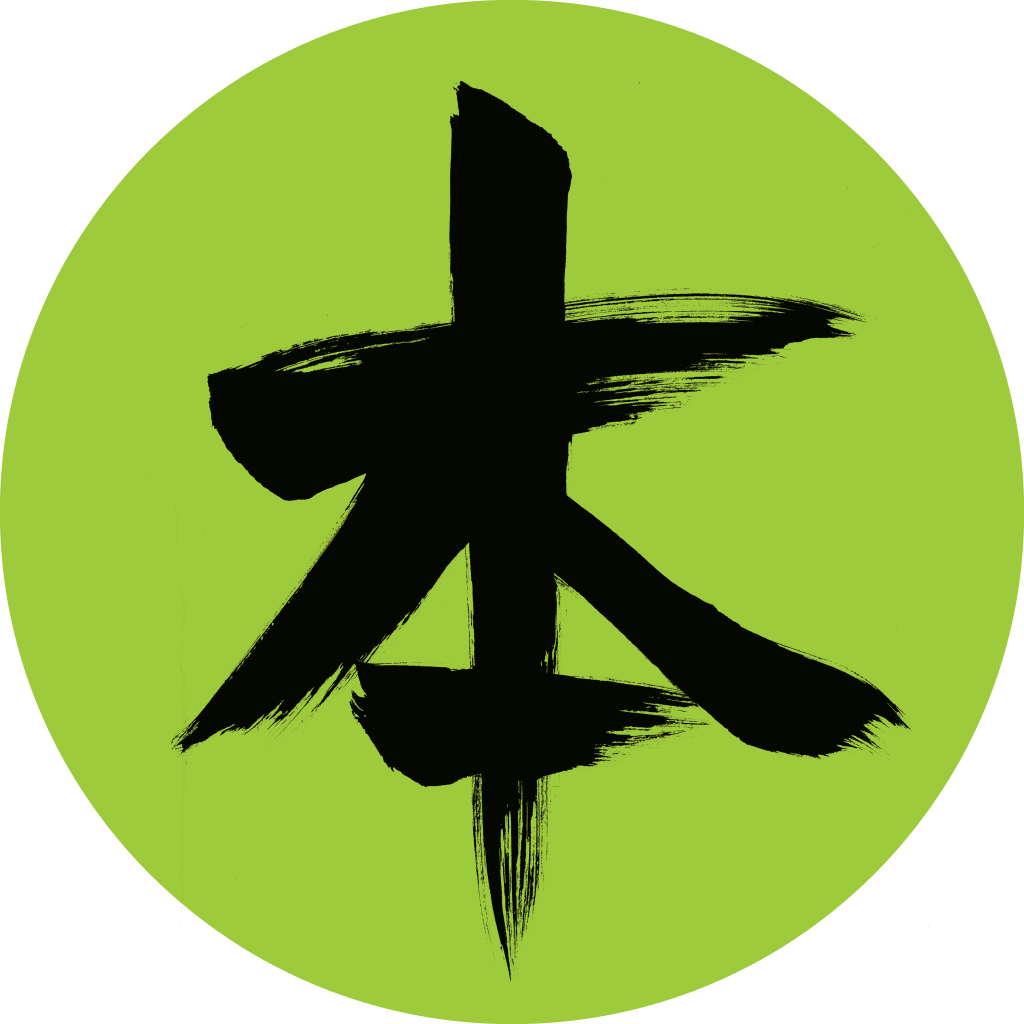
Known to most as the author of Lost Japan, Dogs and Demons and, more recently, Another Kyoto, Alex Kerr came of age in 1970s Japan, a golden era when he hung around with other notable foreign residents such as antique dealer David Kidd, curator Alexandra Munroe and Zen abbot John Toler.
Alex took time to talk to me about those early years while he was here visiting Shiraishi Island.
“I love these old Japanese houses, the wood, the space, like this room I’m sitting in now. It’s both airy with big columns and you can see out,” he says.
Instinctively running his hand over the thick edge of the table in my living room, he identifies it as keyaki, “one of the most beautiful woods in Japan, a type of elm. Temples in Kyoto with columns 3 feet thick are solid keyaki.”
In preparation for his visit, I’ve put out a few items I hope will make him feel more at home. Within seconds he exclaims: “There’s Nao Deguchi! And Onisaburo!” as if greeting old friends. He holds the picture frame in his hands, unable to hold back a huge smile.
My house is a former Omoto house, where this branch of the Shinto religion flourished in the days after World War II. Kidd, the legendary antique dealer, set up the Omoto School for traditional Japanese arts in the ’70s and gave Alex his first job helping to manage a program that introduced tea ceremony, noh drama, martial arts and calligraphy. Years later, when the school closed its doors, Alex started his own Origin Program in Japan and later Thailand, to help provide access to their respective Asian arts.
When I was at Tenmangu, Alex’s Kyoto house earlier in the year, I recognized the objects, scrolls and carpets that evoked the David Kidd era. Time stops at Tenmangu, so there was plenty of it for stories.
Inquiring about a particular rug, he answered: “That carpet has an interesting story. David Kidd once called me up when he needed $10,000 to buy some antiques. David didn’t have any money at the time, and he knew that I did. So we went down together and bought a room full of stuff and this carpet was one of the treasures I kept for myself.”
Despite the occasional cash shortage, David’s collection made him very wealthy, and his influence proved wide.
And now that we have even more time on Shiraishi Island, Alex expands upon what it was like to be in Japan in the ’70s.
“David Kidd was larger than life, outrageous, tall, skinny, blond. When he was 18 he went to Beijing, met a young Chinese heiress to a great princely family who lived in a 400-room palace that he later moved into. He was among the last people in history who would ever live that way. And he stayed there until the communists took over and he got kicked out. Then he came to Japan and found another grand residence to live in, a daimyo palace that had been moved to Ashiya.”
The palace in the Hyogo Prefecture city was destroyed in 1977 to make way for apartments, but Alex relates his first visit.
“The residence encompassed an entire city block with a gate. You walked through the gate, then another gate, then a third gate and finally you get to the front of the house and it was like a scene from kabuki where suddenly a whole range of fusuma doors swish open. They were silver-leafed doors, one layer then another layer, and then, David appeared.”
“David was a genius of Asian aesthetics,” Alex continues. “He would put a group of snuff bottles or something on the table and say, ‘Now Alex, tell me what you see.’ Then we’d talk about it for hours and he’d expose their secrets. Or he’d pull out a screen in the living room and give insights. It wasn’t just about the look of particular antiques, but how they go together, that axis along which things should be arranged. That’s what I learned from David.
“He impacted a lot of people, not just me,” he notes. Other deshis (disciples) included Alexandra Munroe and Yoshihiro Takishita, both who went on to carve niches for themselves in Japanese aesthetics.
More than 20 years after his death, the influence of the tall, skinny, blond-haired art dealer remains profound.
“I’ve restored probably 40 houses and written several books, but there is one thing I’m trying to do which goes all the way back to David Kidd: to take these old things and bring them into the modern age and make them new and fresh; to take a wonderful structure, make it more livable and bring out what’s hidden right now — its secrets — and to make people look again, and see what’s really of value.
“That’s the shadow behind what I’m doing with these houses, because that background can’t be learned. It can only be found by spending time with someone like David.”
Alex likens the process to what he’s doing with the Origin Program.
“You ask the tea master why you should put the tea bowl to the left or to the right, and he answers ‘Because that’s the rule.’ What use is that to anyone? But there is a reason, and it’s a profound one, and it’s a useful one. So when you can introduce it that way, people can see the value.”
The furin bell clangs lightly in the breeze. A goat bleats in the distance. Time doesn’t stop long enough on Shiraishi Island.
Amy Chavez is a columnist for The Japan Times and Editor of Books on Asia.
